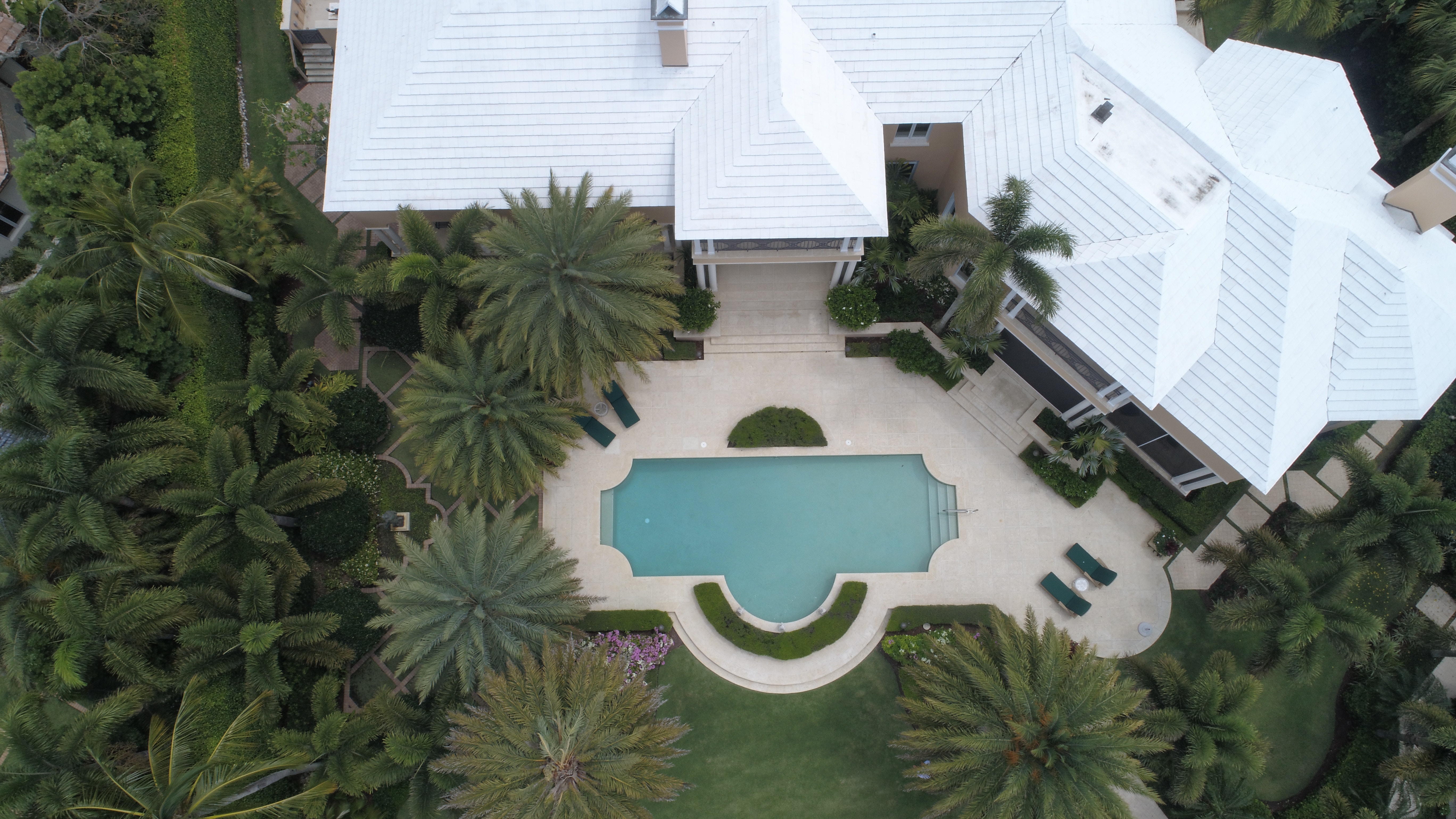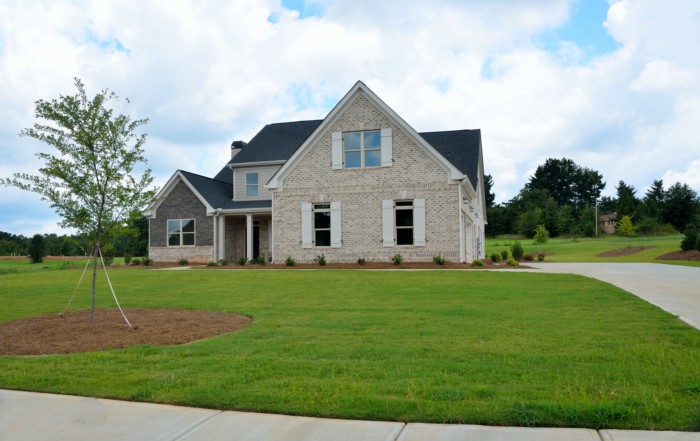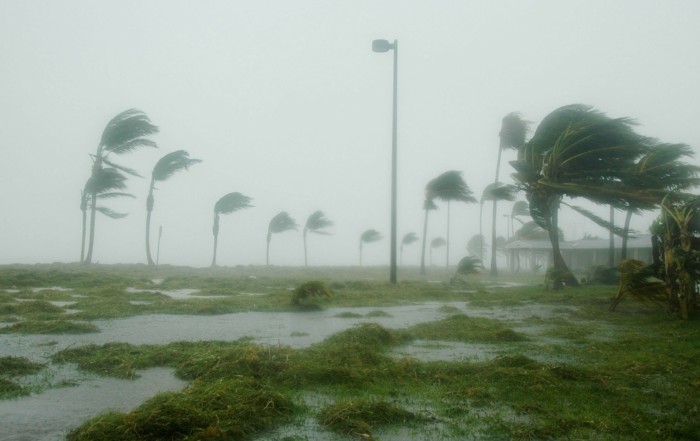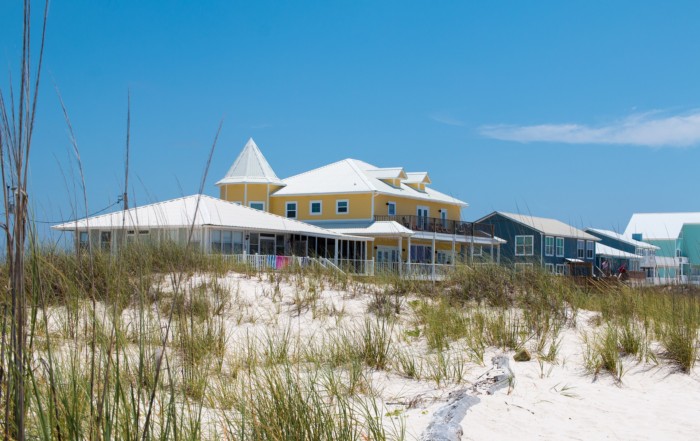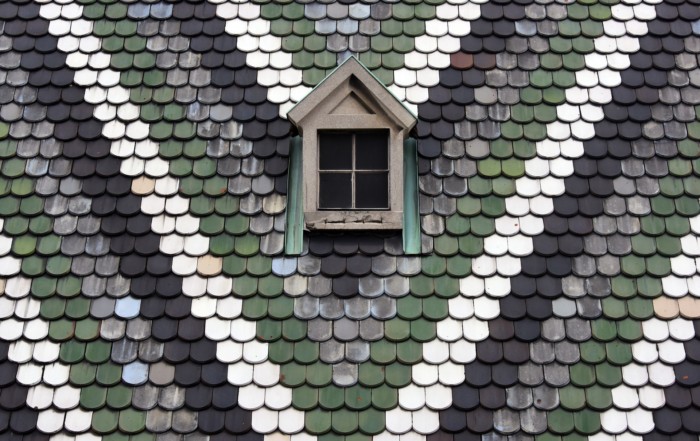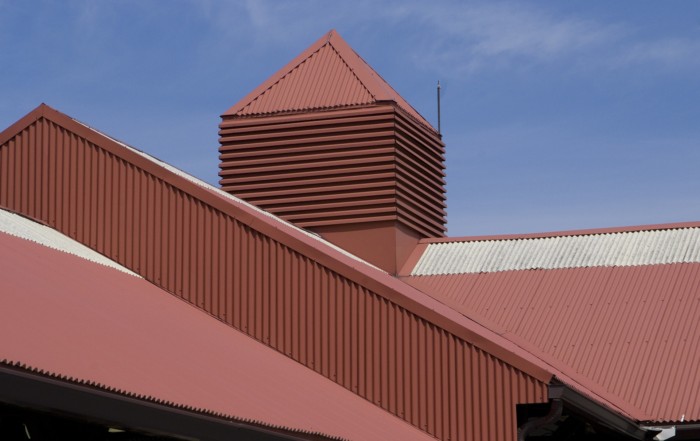Hurricane season is a fact of life in South Florida. The Sarasota homeowner is generally well aware that we need to be prepared for anything, and have learned how to best prepare for evacuation, power outages, or lack of water.
In this area, insurance coverage for hurricanes (windstorm damage) is necessary to obtain a mortgage on a home. Many homeowners have hurricane shutters, reinforced garage doors, and other contingency plans to protect our property as well. But many may neglect another very important component of hurricane preparedness – making sure that our roof is as solid as possible. With storm season quickly approaching, homeowners will be well served to do one final hurricane roof inspection.
Can a Hurricane Roof Inspection Save My Roof?
The good news is that the hurricane building codes were made much more stringent in response to Hurricane Andrew (1992) and any roof built after 2002 is likely to be built to very high standards. If your roof was built in the last few years, you can be even more sure that the latest knowledge of roofing materials and construction innovation was utilized. Unfortunately, even a brand new roof can be damaged in a major storm, such as the hurricanes which have made news over the last several years.
Although you can never guarantee that your roof will weather a hurricane without damage, there are some steps you can take to give yourself a greater opportunity of doing so.
- Clear Overhanging Tree Branches: During hurricane season, it is always a good idea to trim away as many overhanging tree branches as possible. Although many Sarasota homeowners do have trees which provide shade to their home, these same trees can wreak havoc during a major hurricane. To best protect your roof, be sure that at least low hanging branches are kept away from the surface of the roof.
- Secure Any Loose Tiles or Shingles: A single loose tile may not seem like too much of a threat. However, the severity of a hurricane may cause that tile to be completely dislodged, exposing the underlayment to the elements and creating an area of vulnerability. Once one tile or shingle is gone, the wind and rain can more easily begin to get under surrounding tiles, expanding the damage. Identifying and securing any loose roofing materials may save you from a major damage report. Even if the materials are all in place, check for the integrity of the nails and sealants.
- Checking Flashings: A hurricane roof inspection should also include taking a close look at flashings around chimneys, vents, and along roof edges. Be sure flashings are secure and provide complete protection from water intrusion, as driving rain will be hitting these areas from all directions.
- Don’t Forget Gutters and Downspouts: The gutter system takes a beating during heavy winds and rain. Although completely protecting them is not likely, take a final look to see if they are tightly secured and free from any debris or obstruction. Not only do you want to make sure water flows as well as possible, but that gutters are secure and do not become flying projectiles.
- Call for Help: Depending on your type of roof, you should have a professional roofing contractor check tie downs and attachments, and make sure your roof is generally structurally sound. The slightest area of weakness can become a glaring problem under the assault of devastating hurricane-force winds and heavy rains. An expert roofing company can help you to make sure your roof is as strong and structurally secure as possible before the storms arrive.
There are no guarantees during hurricanes. However, conducting a final hurricane roof inspection is a good way to have peace of mind, knowing that you have done everything possible to protect your home and family. Please call Avery Roof Services today with any questions or concerns you may have.
Florida hurricane season is June 1 through November 30.


